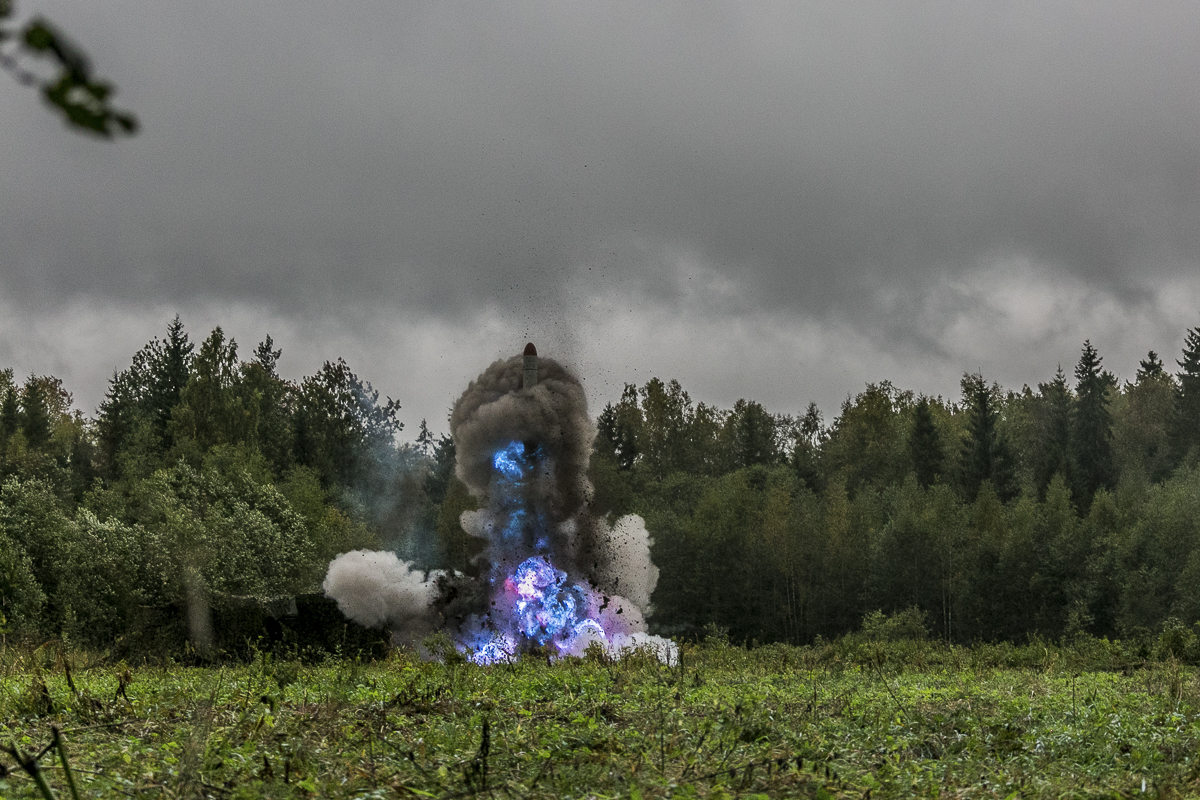The large-scale Russia-Belarus Zapad-2021 drills, which will involve about 200,000 personnel, over 80 aircraft and up to 760 pieces of military equipment, are starting on Friday, with NATO and neighboring nations observing closely from the sidelines.
The drills will be held on nine training grounds in Russia and five in Belarus, and last until September 16 under the leadership of the chiefs of the general staff of the Armed Forces of both countries. Apart from Russian and Belarusian soldiers, the event will be attended by troops from Armenia, India, Kazakhstan, Kyrgyzstan, Mongolia, Pakistan and Sri Lanka.
According to Russian Defense Minister Sergei Shoigu, the exercise will involve extensive use of military aviation. “In the course of the special exercises … and the joint Russian-Belarusian strategic drills Zapad-2021, the extensive use of aviation is planned, a difficult air situation will be created,” Shoigu said earlier in summer.
The minister added that all aviation personnel should be fully prepared.
“Airfields, helicopter pads and aviation equipment that will be used in the drills must be fully in line with the safety requirements,” Shoigu emphasized.

NATO KEEPING AN EYE
As in previous years, NATO, which also stages drills near Russian borders, is closely monitoring the military exercises. Earlier in September, the alliance called on Russia and Belarus to act “in a predictable” way in view of the approaching drills and lamented that it “has not been invited to send observers” to the drills.
“This is especially important when there is increased military activity along our borders, to reduce risks and avoid any accidents or incidents,” NATO spokeswoman Oana Lungescu told Sputnik.
Lungescu also said that NATO “remains vigilant, while keeping a balanced and measured posture”.
“We keep channels of communication open with Russia, in line with our dual-track approach – combining defense and deterrence with dialogue. We will also remain in contact with Minsk as needed,” Lungescu added.
NEIGHBORS ON ALERT
The Russia-Belarus drills are drawing the attention of NATO allies in the Baltic and Eastern Europe especially. In particular, Ukrainian Head of the Security Service, Ivan Bakanov, called them the main threat to Ukrainian security.
In August, Latvian Foreign Minister Edgars Rinkevics expressed fear that the Zapad-2021 drills may be among the events that could result in untoward incidents between NATO and Russia.
“You have a border crisis, you have a major military exercise going on at the borders of NATO countries, you also have increased presence on our side, the Lithuanian side, Estonian side, Polish side of border guards, and military formations. Of course, this is increasing the possibility of incidents,” Rinkevics explained.
Earlier in September, Commander of the Estonian Defense Forces, Martin Herem, and Polish Chief of the General Staff, Rajmund Andrzejczak, discussed regional security in Tallinn, as well as monitoring of the upcoming Russian-Belorussian Zapad-2021 drills.
Meanwhile, Polish President Andrzej Duda recently signed a decree on introducing a state of emergency in parts of the country. The decree was occasioned not only by the influx of migrants on the border with Belarus but also by the upcoming Russian-Belarusian drills.




